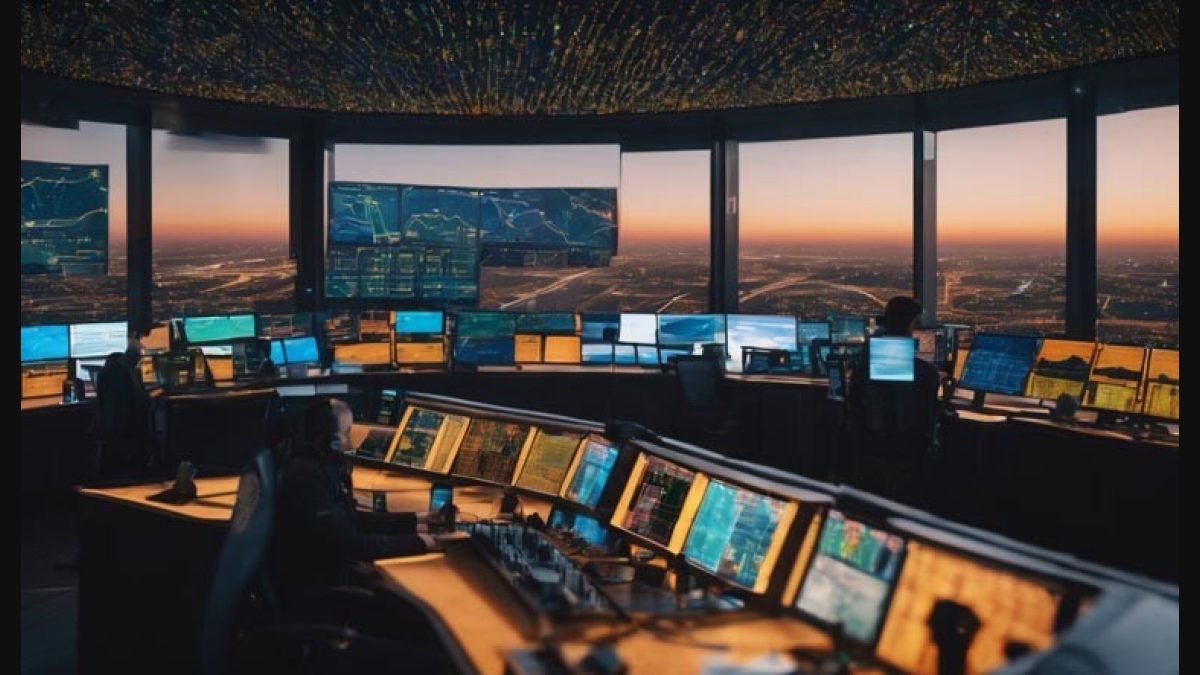After a series of standard operations, an air traffic controller receives a radio call from a small aircraft indicating uncertainty about the extension of its landing gear. To ensure safety, the controller arranges for a visual inspection by instructing the pilot to fly low by the tower. Following confirmation of the gear’s position, the aircraft safely circles back for landing. Such scenarios are not uncommon in the air traffic control system, highlighting the imperative of human involvement even amidst technological advancements.
In contrast to the futuristic depiction of autonomous aircraft managed by artificial intelligence (AI), the reality of air traffic control involves intricate human intervention. As an aerospace engineer leading a study on air traffic controller staffing, I recognize the ongoing integration of new technologies into the system. However, the adaptability and judgment required in unforeseen circumstances underscore the indispensable role of human controllers.
The primary responsibility of air traffic controllers, as outlined by the Federal Aviation Administration (FAA), is to prevent aircraft collisions. They ensure the safe, orderly, and efficient flow of air traffic, offering support in navigating hazardous terrains and weather conditions. Tower controllers oversee local air traffic, managing takeoffs, landings, and ground operations. In contrast, approach and en route controllers handle aircraft in transit, monitoring their movements and coordinating handoffs between different airspaces.
While technology aids controllers with enhanced data and surveillance capabilities, it cannot replace their critical decision-making role. New systems provide comprehensive information about flights, including radar tracking, automatic position reports, and weather updates. Machine learning algorithms assist in analyzing air traffic patterns and controller behavior, augmenting operational efficiency.
However, the introduction of advanced technologies also presents challenges. Emerging aircraft types, such as uncrewed drones and electric air taxis, demand revised regulations and procedures. Companies like Reliable Robotics and Xwing are exploring autonomous flight systems, potentially reshaping airspace management.
Despite technological advancements, air traffic control remains reliant on human expertise, particularly in unforeseen or high-stress situations. Controllers must adapt to emergencies, prioritize critical flights, and collaborate effectively with other stakeholders. The dynamic nature of air traffic necessitates human judgment and flexibility, qualities that AI currently lacks.
As an engineer, I appreciate AI’s potential to optimize flight routes and enhance operational efficiency. However, as a pilot, I value the reassurance of human controllers providing real-time assistance and guidance during flights. Ultimately, the collaboration between humans and technology ensures the safety and reliability of air travel, reflecting the enduring importance of human-centered air traffic control systems.
Book Paris Trip
Paris sightseeing
Book Paris activities
Louvre museum paris
Paris limousine rental
Rolls Royce Paris
Eiffel Tower Paris
Airport Transfer Paris
Book Paris Taxi
Seine River Cruise
Wine Tasting Paris
Paris luxury hotels
Switzerland luxury hotels
Europe Car rental
Europe coach rental
Paris Limousine
Dior Paris
Beauvais Airport transfer
